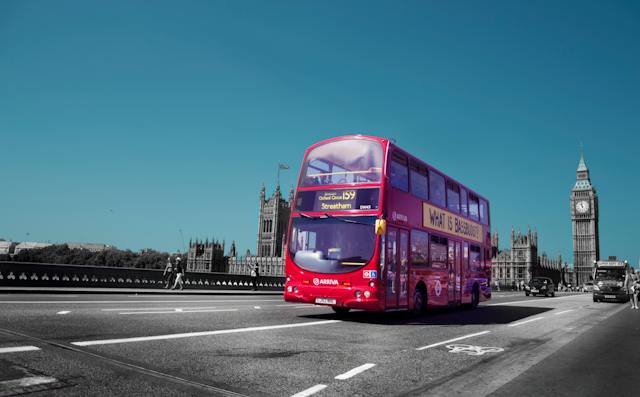Are you interested in pursuing a career as a bus driver? Have you always admired the local bus drivers and dreamt of being behind the wheel of a large and impressive vehicle? Perhaps you’re seeking a change in profession and are intrigued by the idea of assisting people in transportation. Rest assured, you’re not alone! Bus driving remains a popular occupation that offers great satisfaction. Every day, countless individuals rely on buses and coaches for various travel needs, whether it’s a quick trip to the stores, a cross-country journey, or even international travel. However, to ensure a safe journey, a competent driver is necessary. So, what are the steps and training required to become a bus driver?
Licence Requirements
To obtain your HGV driving qualification, it is essential to acquire the Driver CPC qualification. This certification confirms your ability to drive professionally and your knowledge of road safety. The Driver CPC involves theoretical and practical assessments, along with comprehensive training and medical examinations. For detailed information about the Driver CPC, visit their official website.
The Driver CPC provides individuals with fundamental knowledge in operating large vehicles, addressing safety concerns and compliance with HGV driving regulations. Thus, upon completion, an additional requirement is necessary. It is important to note that the Driver CPC serves as a validation of professional competency, but it does not grant legal permission to operate an HGV in a professional capacity. To legally drive a specific vehicle, such as a bus, a Cat D licence is required.
To add complexity, an essential requirement is obtaining a Cat B licence, which must be obtained prior to any other licences. The Cat B licence grants permission to operate vehicles up to a maximum weight of 3,500kg (Maximum Authorised Mass) and can accommodate up to 8 passengers. This encompasses cars and trailers. Once the Cat B licence is acquired, one can then pursue the Cat D licence, which allows driving of buses with more than 8 passenger seats, as well as tracked vehicles (for those with an aspiration to drive a tank, for instance). With these three licences, one can embark on a career as a bus driver.
Cat D Training
Cat D and D1 training are specialised courses that aim to provide professional instruction on driving buses and minibuses. After obtaining the Driver CPC qualification, individuals are required to pursue a Cat D training course. This ensures their competence in operating these vehicles in a professional capacity.
Throughout your Cat D training, you will acquire knowledge and expertise in a variety of areas.
- The guidelines and provisions governing traffic, specifically pertaining to Heavy Goods Vehicles (HGVs).
- The upkeep and overall maintenance of heavy goods vehicles (HGVs) and buses.
- Customer service skills
- Ensuring the safety of oneself, passengers, and fellow road users is of utmost importance.
- Risk management and the ability to anticipate future events
- Enhancing one’s driving abilities encompasses both theoretical knowledge and practical skills, alongside specialised training for operating large, multi-seater vehicles.
Upon completion of the HGV training course, you will possess the necessary legal qualifications to operate any passenger vehicle that accommodates more than 8 individuals, allowing you to pursue a career as a proficient bus driver.
Mastering the Skills Required for Obtaining a Cat D Licence
At Easy as HGV, we provide various HGV training programs, such as Cat D and Driver CPC courses, designed for novice drivers. Our comprehensive training covers a broad range of topics, including general large vehicle operation and specialized skills for bus driving. Additionally, our experienced team is dedicated to assisting you in securing your initial employment as a bus driver, ensuring a successful launch into your chosen profession.

